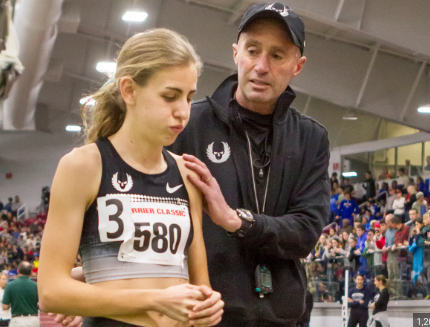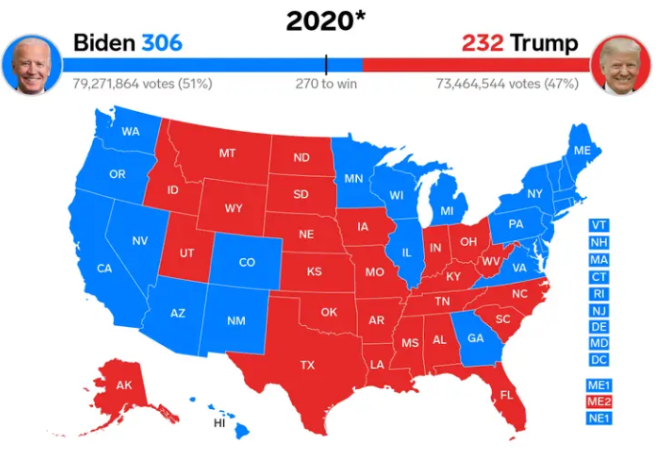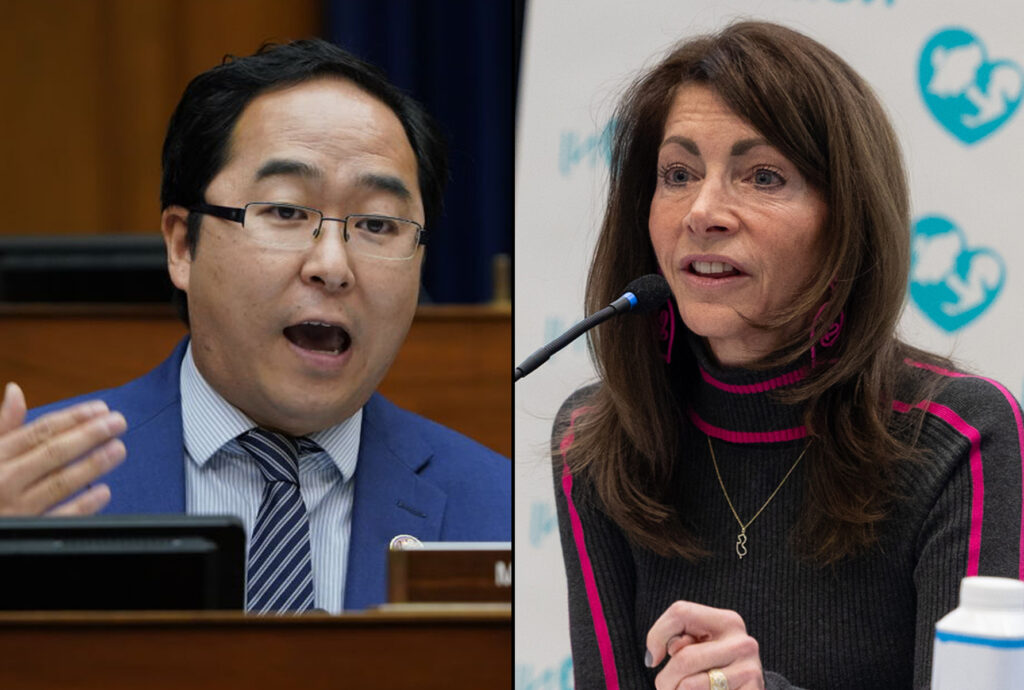Mary Cain: A suburban NY high schooler and running sensation. Track and field spectators from across the country believed Cain was the future of her sport and would one day partake in the Olympics.
Cain’s rise to fame began when she started appearing at professional-level track and field meets, beating runners ten years her senior. Following her competitions, she drew spectators in with her bubbly personality, describing her high school life accompanied by her infamous stuffed duck Paddles.
It was in 2012 after Cain had set 1500 meter record at the Junior World Championships in Barcelona at the age of sixteen, that the well-known running coach Alberto Salazar reached out and communicated his eagerness to take her under his wing, just like he had done with track star Galen Rupp.
According to Mary, “It was a dream come true.” At the time, Nike was known to have the fastest team of runners in the world. And due to her contract with Nike, Cain skipped the NCAA circuit altogether, never getting to run at the collegiate level.
In Mary’s first year of college, she moved to Nike headquarters to participate in Nike’s Oregon project, focusing on training full-time with Alberto.
However, the excitement from the commitment had quickly dissolved: “When I first arrived, an all-male Nike staff became convinced that for me to get better, I had to become thinner,” Cain claims.
She states that although Nike claimed to be the best program in the country during the time, they lacked certified nutritionists and sports psychologists. Cain goes on to describe how Alberto was constantly pushing her to lose weight, saying he believed that the thinner she was, the faster she would travel.
Mary informed audiences through a NY Times Opinion video that Alberto’s ideal weight for Mary was 114, going against the average healthy weight for her age group at the time (122-144 lbs). Mary described how Alberto would weigh her in front of her teammates, publicly shaming her if she did not fit his requirements. Pushing towards extremes, Mary also reported that Salazar wanted her to ingest birth control and diuretics to lose as much weight as physically possible, the lot of which is unallowed in track and field.
During this time of pressure to lose weight, Cain’s athletic performance was described as vapid, with her usually animated personality missing from view. Mary comments that she suffered from RED-S syndrome, “When young women are forced to push themselves beyond what they’re capable of at their given age, they are at risk for developing RED-S.” RED-S is a state of poor health correlating with declining athletic performance. It occurs when an athlete does not obtain the calories to support the energy demands of athletic training and daily activities. For women, this can lead to a loss of their menstrual cycle, which is vital to maintaining healthy estrogen levels. Losing your period can cause bone fragility, which is, unfortunately, what Mary went through.
Cain recounts how she lost her three-year period under Salazar’s coaching, breaking five different bones. The physical strains started to deepen the mental ones; she states, “I felt so scared, I felt so alone, and I felt so trapped…and I started to have suicidal thoughts… some people saw me cutting myself, and nobody did anything or said anything”.
Cain reports that when she tried to inform Salazar and her trainer that she was harming herself, they simply brushed her off, saying they “wanted to go to bed.”
Mary had finally had enough and decided to leave the Oregon Project shortly after, returning home to Bronxville, NY.
Nike responded, saying they “take the allegations extremely seriously and will launch an immediate investigation to hear from former Oregon Project athletes.”However, even though they found Mary’s story “deeply troubling,” they said neither Cain nor her parents had ever made allegations.
“I joined Nike because I wanted to be the best female athlete ever. Instead, I was emotionally and physically abused by a system designed by Alberto and endorsed by Nike”.
Cain’s message from her experience is that we need to aid female athletes and shield them from the male-dominated industry and that we need more women in power to protect female athletes from abuse similar to the type she was subjected to.
“For so long, I thought I was the problem. To me, the silence of others meant that pushing my body past its healthy limits was the only way. But I know we were all scared, which keeps us silent.”
Her message has encouraged athletic community members everywhere to feel they are not alone, as athletes have since spoken out about their experiences following the reveal of her story.
Today, Mary works three jobs:
- A running coach.
- Community manager at Tracksmith.
- CEO of Atlanta NYC (a non-profit organization employing pro female runners to mentor youth athletes while pursuing their careers).
In such events, we look into how different factors affect the athletes in our HC community. Reportedly, our HC athletes have all experienced some injuries and pressures from external factors at some time or another. Managing school work and maintaining your athletic ability is challenging; our teachers, staff, counselors, and administrators are always available in a student’s time of need. From past stories, reaching out is the first step to recovery.
Sources:
- https://www.npr.org/2019/11/08/777542988/nike-to-investigate-mary-cains-claims-of-abuse-at-its-nike-oregon-project#:~:text=Food-,Nike%20To%20Investigate%20Runner%20Mary%20Cain’s%20Claims%20Of%20Abuse%20At,distance%20running%20coach%20Alberto%20Salazar.
- https://www.womensrunning.com/culture/people/in-her-power-mary-cain/
- https://www.nytimes.com/video/opinion/100000006788354/nike-running-mary-cain.html






